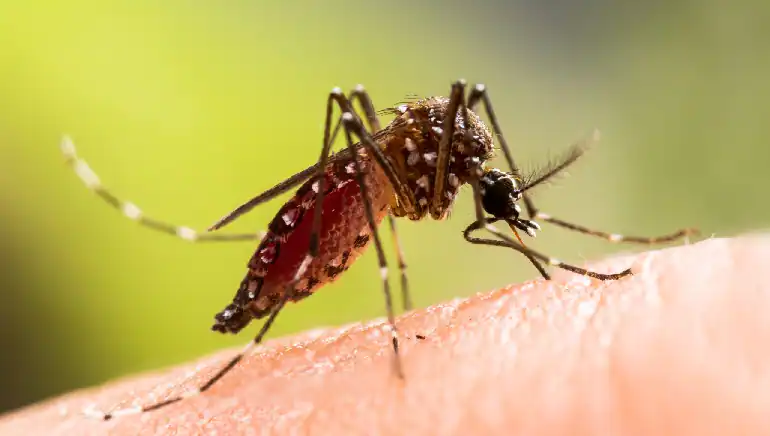Dengue fever, a mosquito-borne viral infection, poses a significant public health challenge globally. It is transmitted primarily by the Aedes mosquito, particularly Aedes aegypti. The virus responsible for dengu belongs to the Flaviviridae family, with four distinct serotypes (DEN-1, DEN-2, DEN-3, and DEN-4). Understanding the intricacies of this disease is crucial for effective prevention and management.
Introduction to Dengue
Dengue fever is a viral illness characterized by flu-like symptoms, including high fever, severe headaches, joint and muscle pain, and a rash. In severe cases, it can lead to dengu hemorrhagic fever (DHF) or dengu shock syndrome (DSS), which can be life-threatening.
Understanding Dengue: Causes and Transmission
Overview of the Dengue Virus
The dengu virus is primarily transmitted to humans through the bite of infected Aedes mosquitoes, particularly Aedes aegypti and Aedes albopictus. These mosquitoes are commonly found in tropical and subtropical regions.
How Dengue Spreads
Dengue transmission occurs when a female mosquito bites an infected individual and later bites another person, thus transferring the virus. Additionally, dengu can also be transmitted through blood transfusions and organ transplants.
Symptoms of Dengue Fever
Early Symptoms
The initial symptoms of dengu fever usually appear 4 to 10 days after infection and may include sudden onset of high fever, severe headaches, pain behind the eyes, joint and muscle pain, fatigue, nausea, vomiting, and mild bleeding (e.g., nosebleeds).
Severe Symptoms
In severe cases, dengu fever can progress to DHF or DSS, characterized by symptoms such as severe abdominal pain, persistent vomiting, rapid breathing, bleeding gums, fatigue, restlessness, and cold or clammy skin. Prompt medical attention is essential to prevent complications.
Diagnosis and Treatment of Dengue
Diagnostic Procedures
Diagnosing dengue fever typically involves a combination of clinical evaluation, medical history, and laboratory tests, including blood tests to detect the presence of the dengu virus or antibodies.
Treatment Options
There is currently no specific antiviral treatment for dengu fever. Treatment focuses on relieving symptoms and preventing complications. This may include rest, adequate hydration, pain relievers, and in severe cases, hospitalization for supportive care.
Prevention and Control Measures
Mosquito Control
Preventing mosquito breeding sites and controlling mosquito populations are essential strategies for dengue prevention. This involves eliminating standing water where mosquitoes breed, using insecticides, and implementing environmental management measures.
Personal Protective Measures
Individuals can protect themselves from mosquito bites by using insect repellents, wearing long sleeves and pants, using mosquito nets, and staying indoors during peak mosquito activity times.
Dengue Awareness and Education
Public Health Initiatives
Government agencies and public health organizations play a crucial role in raising awareness about dengue and educating communities about prevention strategies. This includes disseminating information through media campaigns, educational materials, and community outreach programs.
Community Engagement
Engaging communities in dengu prevention efforts fosters collaboration and empowerment. Community-based initiatives, such as clean-up campaigns and neighborhood watch programs, can help reduce mosquito breeding sites and promote a sense of collective responsibility.
Global Impact of Dengue
Epidemiology and Statistics
Dengue fever is endemic in over 100 countries, with an estimated 390 million infections occurring annually worldwide. The incidence of dengu has been increasing in recent years, posing significant health and economic burdens on affected regions.
Economic Burden
The economic impact of dengu is substantial, encompassing direct medical costs, productivity losses due to illness and disability, and the burden on healthcare systems. Addressing dengue requires a multifaceted approach that integrates public health interventions, research, and policy initiatives.
Conclusion
Dengue fever remains a major global health concern, necessitating concerted efforts to prevent transmission, improve diagnostic capabilities, and enhance access to healthcare services. By raising awareness, implementing effective prevention measures, and fostering collaboration at local, national, and international levels, we can mitigate the impact of dengue and protect vulnerable populations.

